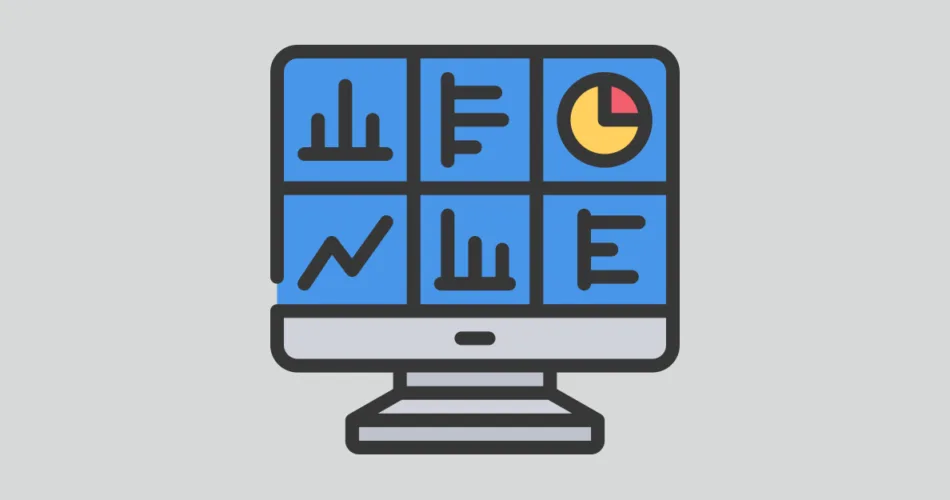JavaFX is a powerful and versatile framework for building rich user interfaces (UIs) in Java applications. It provides a wide range of features and components that enable developers to create modern, visually appealing, and interactive UIs that enhance the user experience.
JavaFX’s comprehensive set of UI controls, layout managers, animations, and multimedia support make it an ideal choice for developing applications that require sophisticated and visually engaging interfaces. Whether you’re building desktop applications, multimedia applications, or data visualization tools, JavaFX offers the tools you need to create stunning and responsive UIs.
Benefits of Using JavaFX
JavaFX provides several benefits that make it an attractive choice for developing rich user interfaces:
- Modern Look and Feel: JavaFX offers a modern and visually appealing design that aligns with current UI trends.
- Customizability: The framework allows you to easily customize the appearance of UI components to match your application’s branding.
- Responsive UI: JavaFX provides tools for building responsive and interactive UIs, ensuring a smooth user experience.
- Layout Managers: JavaFX includes powerful layout managers that simplify the process of arranging UI components.
- Animation and Multimedia: The framework supports animations, multimedia playback, and special effects to enhance the user interface.
Key Features of JavaFX
JavaFX comes with a wide range of features that contribute to its ability to create rich user interfaces:
- UI Controls: JavaFX provides a comprehensive set of UI controls, including buttons, text fields, checkboxes, and more.
- Layout Managers: Layout managers like VBox, HBox, and GridPane help organize and position UI elements.
- Styling and CSS: JavaFX allows you to apply styles and CSS to customize the appearance of UI components.
- Event Handling: The framework supports event-driven programming for handling user interactions.
- Animations: JavaFX supports animations and transitions for creating visually engaging effects.
- Charts and Data Visualization: You can create various types of charts and graphs to visualize data.
- 3D Graphics: JavaFX supports 3D graphics, enabling the creation of 3D models and scenes.
Using JavaFX in Practice
Let’s consider an example of creating a simple JavaFX application that displays a user interface with a button:
import javafx.application.Application;
import javafx.scene.Scene;
import javafx.scene.control.Button;
import javafx.scene.layout.StackPane;
import javafx.stage.Stage;
public class JavaFXApp extends Application {
public static void main(String[] args) {
launch(args);
}
@Override
public void start(Stage primaryStage) {
primaryStage.setTitle("JavaFX App");
Button button = new Button("Click me!");
StackPane layout = new StackPane();
layout.getChildren().add(button);
Scene scene = new Scene(layout, 300, 200);
primaryStage.setScene(scene);
primaryStage.show();
}
}
This example demonstrates the simplicity of creating a basic JavaFX application with a button. The application sets up the user interface, adds a button to it, and displays it using the JavaFX Stage and Scene classes.
Conclusion
JavaFX is a versatile framework that empowers developers to create rich and visually appealing user interfaces for their Java applications. With its modern look and feel, customizability, and support for animations and multimedia, JavaFX is well-suited for building applications that prioritize user experience and engagement. By leveraging JavaFX’s powerful UI controls, layout managers, and styling capabilities, developers can create applications that are both functional and visually stunning.
Subscribe to our email newsletter to get the latest posts delivered right to your email.


Comments